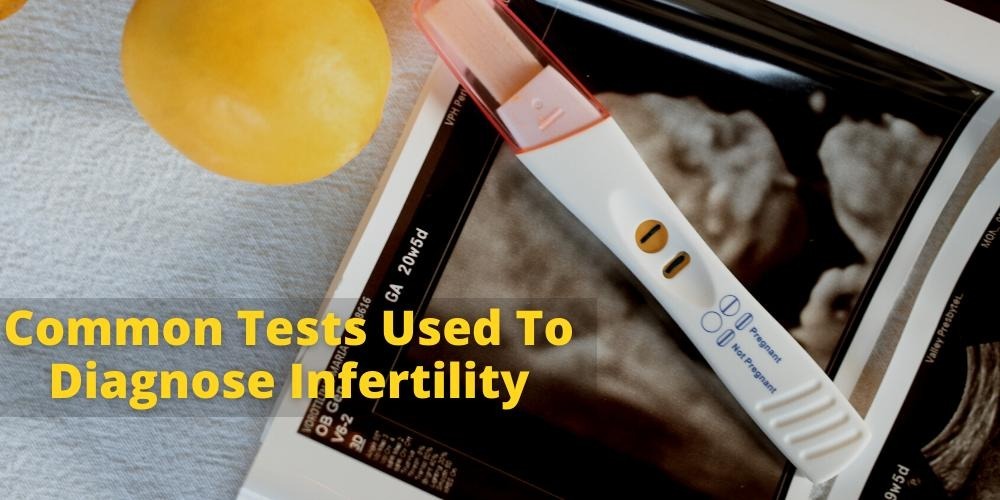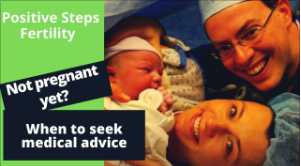Having a family can be one of life’s most meaningful experiences. But for about ten to fifteen percent of couples, the fertility effort to bring children into the world only ends in disappointment. That’s literally millions of people. Infertility is not only an emotional condition — it’s also a medical one, which means that help is often available.
When should you seek advice from a fertility specialist?
If you’ve been trying for a few months and still haven’t gotten pregnant, don’t worry just yet. The odds are still in your favor. About 75% of women of those that conceive will do so within three months, and almost 88% will do so within six months. That being said, the World Health Organization (WHO) defines infertility as the inability to conceive after a year or more of unprotected intercourse. So, if it’s been 12 months or longer and you’ve had no luck, it’s probably time to see a fertility specialist.
Diagnosing infertility: The Initial Fertility Assessment
Before deciding whether there really is an underlying fertility problem, physicians usually start with the basics. For instance, they may ask such questions as:
- How often are you having intercourse?
- Do you have any major health conditions?
- Do you engage in any activities that could hinder contraception, such as frequent smoking or drinking?
Though these can be relevant, they also overlap with our own patients’ fertility myths they have shared with us. It is critical to put your energy into getting the right answers and treatment instead of wasting time and money.
Once obvious causes have been ruled out, it’s time to look at other factors affecting fertility. Essentially, your fertility specialist will try to determine why implantation is not taking place. An important distinction to note is that implantation occurs when a fertilized egg attaches itself to the inner lining of the uterus, marking the onset of pregnancy. Simply having a fertilized egg does not mean a woman will get pregnant. Pregnancy does not begin until the egg is firmly attached to the uterine wall.
Building Blocks of Getting Pregnant
When an egg leaves the ovary during ovulation, it is released into one of the two tubes, where it joins with a sperm cell, if any are present. Once fertilized, the egg then travels to the uterus, where implantation occurs.
Eggs have an incredibly short life span, ranging between 12 and 24 hours. Sperm, on the other hand, can live up to five days, which provides some flexibility in terms of getting pregnant. Though many try to conceive as close to their ovulation date as possible, during what is typically called the ‘fertile window,’ if one has sex every third day, there is usually sperm in the reproductive tract for whenever an egg is released. This flexibility gets past some of the basal body temperature charting and LH predictor kits, which surprisingly help far less than people think (they don’t create pregnancy—they just verify timing).
If you’re not sure about your monthly ovulation cycle, there are a variety of ways to track it, including smartphone apps and over-the-counter urine tests. Just be aware that tracking can be tricky and that there’s not much evidence that perfect timing actually increases your odds of getting pregnant.
Fertility Factors: Getting Pregnant Requires Four Conditions to be met
Diagnosing infertility depends on the source of the problem — kind of a process of elimination. For a viable pregnancy to occur, four conditions must be met:
- The father must have healthy sperm that are able to find an egg
- The mother must produce reasonable egg quantity and quality
- The fallopian tubes need to be open
- The lining of the uterus must be receptive for the embryo
When determining why a couple cannot conceive, fertility specialists use a number of fertility tests for both men and women to evaluate each of the key fertility factors, ruling them out one by one.
Diagnosing Infertility: Four Key Factors
Infertility Evaluation Factor #1 – Healthy Sperm
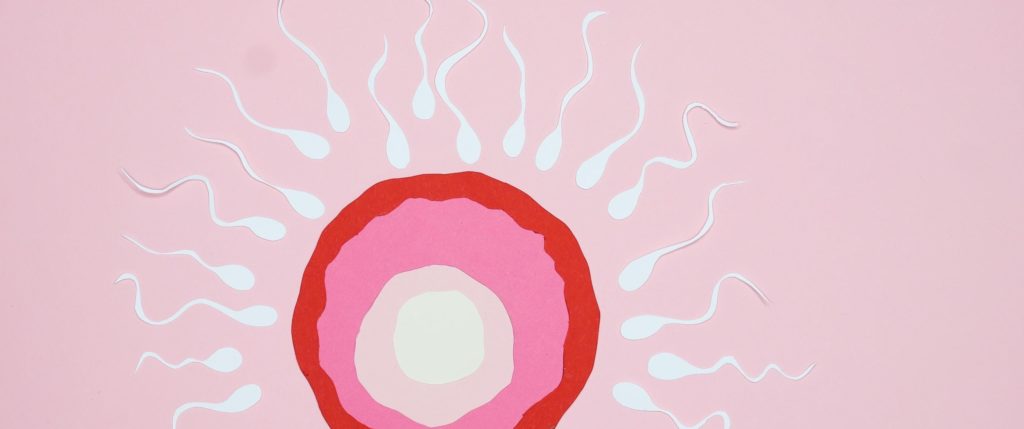
According to the American College of Obstetricians and Gynecologists (ACOG), men are the source of infertility in 40-50% of all couples. This data seems an overestimate in our experience at Positive Steps Fertility, where we find men as the source of infertility closer to 10-20%. The more significant point to note is “it takes two to tango,” and sperm are a critical component of any fertility workup.
Semen Analysis Fertility Test
If you and your partner are having trouble getting pregnant, one of the first tests your doctor will likely ask for is a semen analysis.
While both men and women can have problems, issues with male fertility can play a part in as many as half of all infertility cases. And male infertility is often caused by low sperm production and is determined through simple observation under a microscope. The clinic will collect a sample and measure the sperm count, how well they move, and whether they have a normal shape. Chemical analysis is typically performed to make certain the sperm are within the proper pH range. Though there are more fancy ways of evaluating the sperm, many of these tests seem to add cost without clearly improving pregnancy rates.
Infertility Evaluation Factor #2 – Viable Eggs
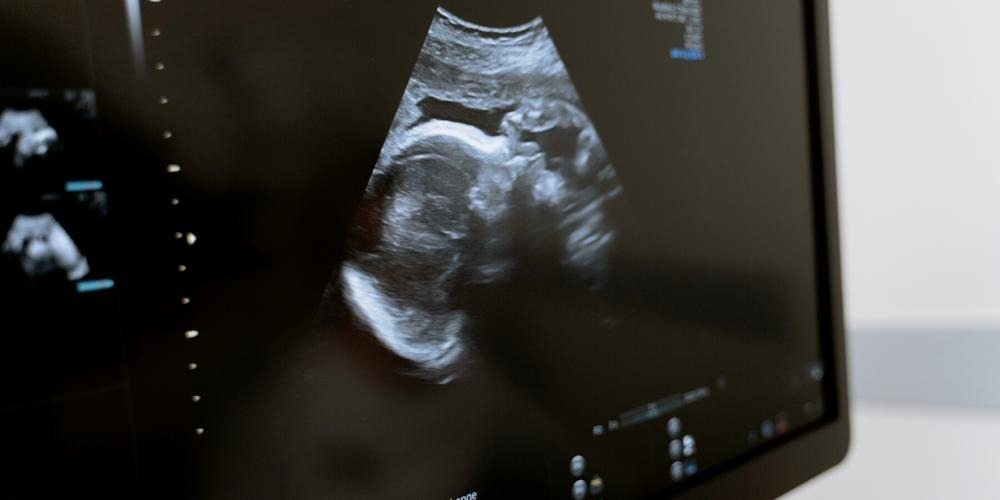
The number of eggs a woman has in her ovaries is known as her ovarian reserve. The American Society for Reproductive Medicine (ASRM) notes that ovarian reserve represents “a woman’s fertility potential in the absence of any problems in the reproductive tract (fallopian tubes, uterus, vagina). It mainly depends on the number and quality of eggs in the ovaries and how well the ovarian follicles are responding to the hormonal signals from the brain.”
Ovarian reserve diminishes with age, making pregnancy less likely. When measuring ovarian reserve, the objective is to determine whether she can release a sufficient number of healthy eggs into her fallopian tubes.
Ovarian Reserve Fertility Testing
Measuring ovarian reserve is a two-pronged approach involving lab work and ultrasound imaging for AFC (antral follicle count) testing (which we prefer). Some of the more common lab tests are FSH, E2, and AMH, all of which are discussed below. Evaluation typically measures the number of ovarian egg sacs -called follicles – or hormonal shifts reflecting egg quantity. Of note, beyond estimating through age, there are no great tests for egg quality outside IVF itself (including PGT-A where one looks at the DNA) and pregnancy.
AFC Testing – Antral Follicle Count
AFC testing is a simple count of mature follicles in the ovaries. It is done via transvaginal ultrasound, enabling a fertility specialist to view an enlarged image of the reproductive system and count the number of follicles by sight. An AFC count can reveal whether the number of eggs is consistent with that expected for one’s age. It can also serve as an indicator of whether IVF will produce desired results. However, though AFC and AMH are considered the gold standards, neither are perfect.
FSH – Follicle-Stimulating Hormone Test (FSH)
“The FSH test measures the level of follicle-stimulating https://medlineplus.gov/hormones.html (FSH) in your blood. FSH is made by your pituitary gland, a small gland located underneath the brain. FSH plays an important role in sexual development and functioning.”
In women, these tests are most often used to:
- Help find the cause of infertility.
- Find out if there is a problem with ovarian function.
- Find the reason for irregular or stopped menstrual periods.
- Confirm the start of menopause or perimenopause. Menopause is the time in a woman’s life when her menstrual periods have stopped, and she can’t become pregnant anymore. It usually starts when a woman is around 50 years old. Perimenopause is the transition period before menopause. It can last for several years. FSH testing may be done towards the end of this transition.”
A blood sample was drawn on cycle day three to measure follicle-stimulating hormone (FSH) levels. The primary role of FSH is to ensure egg growth within the follicle so that mature eggs are released during ovulation. Of note, FSH is a late marker of ovarian problems, where only 50% of women over age 45 will have elevated FSH.
E2 estradiol test
An E2 test measures estradiol levels in the blood. Estradiol (E2) is a form of estrogen produced by the ovaries. A woman’s E2 count needs to be within a specific range. When it is too high, E2 suppresses FSH levels, making conception difficult. When the count is too low, it’s often indicative of polycystic ovary syndrome, which also inhibits fertility.
Estradiol levels can affect how the reproductive system develops. Abnormally high or low levels can influence how the following parts of the body grow and work:
- womb
- fallopian tubes
- vagina
- breasts
- libido
- erectile function
- sperm cells
During their reproductive years, women usually have their highest levels of estradiol. After reaching menopause, estradiol levels are much lower. Unfortunately, because estradiol levels fluctuate over the menstrual cycle, this is a very low-reliability test, where AFC and AMH are much better.
AMH Anti-Müllerian Hormone Test
Ovarian follicles produce a hormone called AMH. AMH serves a number of roles, but perhaps the most important is sex differentiation between male and female embryos. It keeps baby boys in the womb from developing girl parts and vice-versa. Essentially, though, the higher your AMH levels, the higher your ovarian reserve because a high AMH count indicates a greater number of follicles in the ovaries.
“An AMH test is often used to check a woman’s ability to produce eggs that can be fertilized for pregnancy. A woman’s ovaries can make thousands of eggs during her childbearing years. The number declines as a woman gets older. AMH levels help show how many potential egg cells a woman has left — known as the ovarian reserve. If a woman’s ovarian reserve is high, she may have a better chance of getting pregnant. She may also be able to wait months or years before trying to get pregnant. If the ovarian reserve is low, it may mean a woman will have trouble getting pregnant, and should [j3] not delay very long before trying to have a baby.”
Inhibin B Hormone Test
Inhibin B testing can be used in cases where there is an unexpected poor response to the stimulatory medication or in women who have unexplained infertility. Some centers use it for all of their egg donors to optimize their donor pool.
In rare instances, a clinic may order testing for Inhibin B. As their name suggests, these are inhibitor hormones, and they both play a role in suppressing FSH, the hormone that stimulates egg growth.
Inhibin B is a hormone that is produced by certain cells in the ovarian follicles. When produced, it helps to suppress another hormone called FSH, or follicle-stimulating hormone. FSH is secreted by the brain and causes an egg follicle to grow on the ovary.
As a woman ages, not only does the number of follicles on the ovaries decrease but so do the hormones produced by those follicles, like inhibin B. Unfortunately, this test, like estradiol and FSH, is a less reliable marker than AFC and AMH
Infertility Evaluation Factor #3 – Open Fallopian Tubes
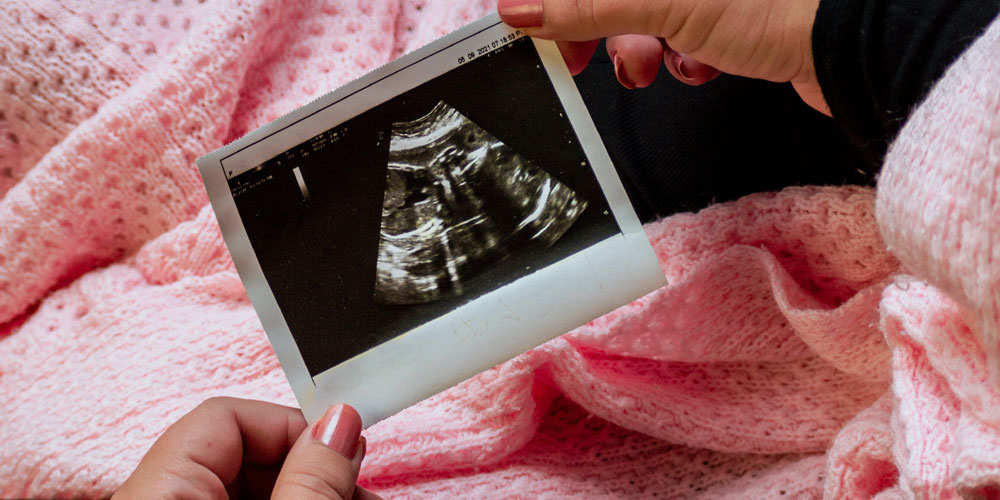
Women are born with two fallopian tubes, each connecting an ovary to the uterus. When one or both are blocked, infertility can result. A blocked tube can prevent the sperm from reaching the egg, or it can keep the fertilized egg from implanting in the uterus. A blocked tube can also lead to an ectopic pregnancy, which occurs when the embryo implants outside the uterus. It is always fatal for the fetus and can sometimes be life-threatening for the mother.
Hysterosalpingogram HSG Testing
According to the American College of Obstetricians and Gynecologists, “Hysterosalpingography (HSG) is an X-ray procedure that is used to view the inside of the uterus and fallopian tubes. It often is used to see if the fallopian tubes are partly or fully blocked. It also can show if the inside of the uterus is of normal size and shape. All of these problems can lead to infertility and pregnancy problems.”
Though HSGs have been performed on women for over 100 years, it is arguable how much that test has advanced over that time.
An HSG involves using a catheter, which is inserted into the cervix through the vagina. An iodine liquid is then sent through the catheter, outlining the length of the fallopian tubes. Finally, X-rays of the reproductive system are taken, the iodine causing the fallopian tubes to show up on the resulting film.
The Problem with HSG Testing
- Many patients find it painful
- It can sometimes lead to infection
- Some women experience allergic reactions
- It uses radiation
- Results are not always conclusive
“A two-dimensional black and white X-ray can miss details. The high pressure associated with many HSGs not only can be painful but also reflects a situation that sperm don’t really achieve. (Sperm don’t swim with the jaws of life to prop open an otherwise closed tube.) HSGs also use radiation, can cause allergic reactions, and seem to have a higher rate of infection than ultrasound or office [j4] hysteroscopy. Furthermore, endometritis can’t be diagnosed with an HSG test.”
At Positive Steps Fertility, we use our own breakthrough Parryscope® approach that is far gentler than the HSG. Not only is it very accurate, but it is fast, safe, and affordable.
Infertility Evaluation Factor #4 – A Healthy Uterus

Assessing the uterus is perhaps the most complex aspect of infertility testing. After all, it’s usually necessary to examine both its physical and biochemical condition. A uterus with too much scarring won’t be able to house a fertilized egg, for instance, but neither will one with a hormonal imbalance.
Transvaginal Ultrasound Fertility Test
The assessment of the uterine cavity in patients with infertility is essential as many intrauterine lesions can be detected. Transvaginal ultrasound (TVE) is a front-line test for female infertility. It allows assessment of the uterine cavity for detection of abnormalities responsible for fertility disorder as well as of lesions that may lead to transfer or implantation failures.
With transvaginal ultrasonography, as it is called, a small ultrasound transducer is inserted a few inches into the vagina, allowing us to see the reproductive system. For most, the procedure may cause some minimal discomfort, but it is completely safe and should not result in actual pain. The resulting scans can help physicians identify a number of conditions that may impede pregnancy.
- Uterine scarring
- Internal bleeding
- An abnormal uterine shape
- Abnormalities in the uterine lining
- Cysts, fibroids, and other growths
- Pelvic inflammatory disease
- Endometriosis – a disorder where the tissue that’s supposed to line the interior of the uterus actually grows outside of it
- Of note, ultrasound often can miss disease within the uterus. Though saline-infused sonography and 3D ultrasound are better, there still sometimes can be difficulties with smaller pathology that are easily seen with hysteroscopy.
Hysteroscopy for Fertility Testing
There is a limit to the resolution one can get with a 2D black and white image. Though 3D can improve this, there are some meaningful advantages where one intuitively recognizes problems with the use of live video looking inside the uterus. We find combining ultrasound with office hysteroscopy gives us our best blend of being accurate, thorough, gentle, and affordable. Moreover, we routinely find problems that other clinicians have missed when using this approach.
Infertility Evaluation: Additional Lab Tests
In addition to performing an ultrasound, a fertility specialist may also order some lab tests that measure specific chemical levels.
TSH Hormone Test
One of the most common of these is TSH Hormone Test, which is short for stimulating thyroid hormone. A TSH deficiency can impede ovulation, preventing the ovaries from releasing eggs into the fallopian tubes.
It may also be necessary to perform a laparoscopy. The procedure is similar to hysteroscopy, except that the instrument is sent through the abdomen to provide a view of the entire pelvic cavity. With laparoscopy, physicians are able to identify abnormalities, such as endometriosis and internal tissue adhesions. Because of the expense and risk associated with laparoscopy, however, it’s usually only performed when other procedures have failed to yield results.
Every person’s fertility journey is separate and unique.
Fertility is not a one size fits all experience. So, the point is, getting answers to the critical inputs to fertility is essential before deciding on a treatment path. Your evaluation will be completely different from someone else’s. It will depend entirely on your specific circumstances.
At Positive Steps Fertility, we believe the journey is every bit as important as the destination. Why not reach out and get answers to your questions and let us get you started on the road to parenthood?
